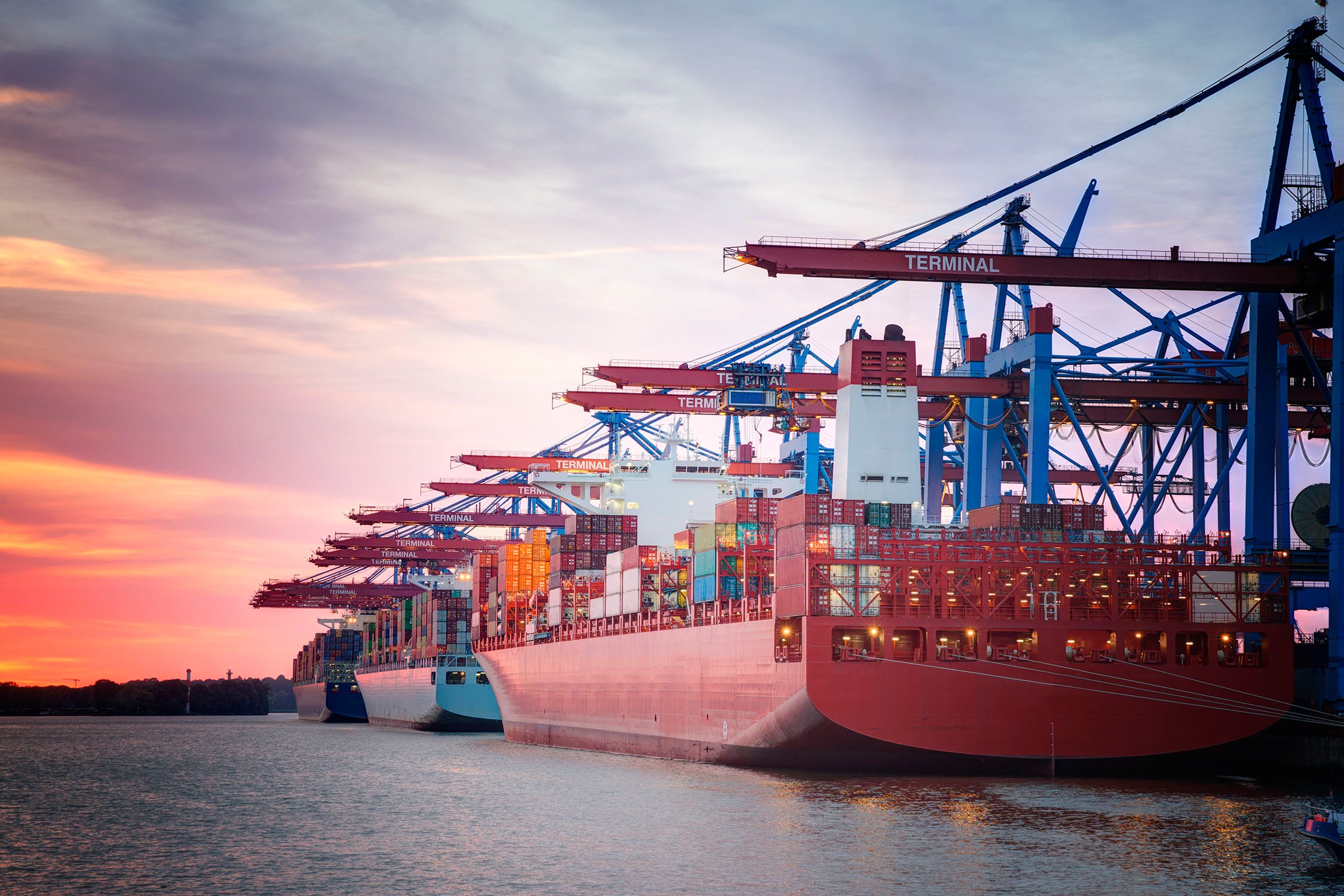On 5 January 2024, the Ministry of Commerce of China (“MOFCOM”) initiated an antidumping investigation of brandy imported from the European Union (“EU”). Key facts about the investigation The product under investigation comprises spirits obtained through distilling grape wine in containers holding less than 200 liters (commonly referred to as brandy, with the applicable China tariff code 2208.2000) originating from EU and exported to China during the period of 1 October 2022 through 30 September…
